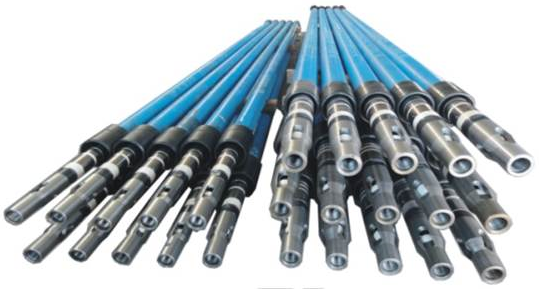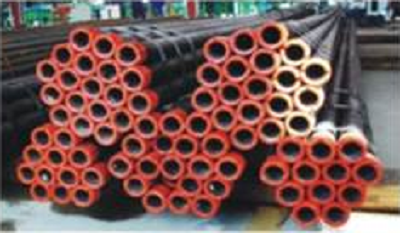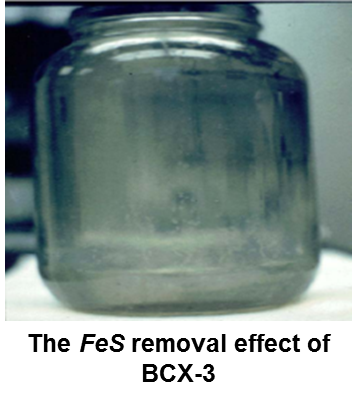QPT has worked effectively with several oilfield equipment manufacturers and has been successful in implementation due to our high standard of quality control especially in regards to the equipment, tools, and machinery that we utilize and recommend for packaged solutions. Among the products we have had consistent success and which delivered according to design specifications are as follows:
1. Metal Ceramic-lined Composite Oil Pipe
– Service life is ten times that of ordinary oil pipe
– Excellent Anti-corrosion and anti-wearing properties
– No scaling & no waxing features
– Provides good mechanical properties
– Excellent high and low temperature resistance properties
All injection wells (sewage, clear water) under 1,000 meters oil wells can directly use metal ceramic-lined composite oil pipe. With these, service life last more than 10 times that of ordinary pipes. Wells deeper than 1,000 meters: eccentric wear, wells with serious corrosion, scaling, waxing problems can be solved using metal ceramic-lined composite oil pipe, matched with porcelain core centralizer and special ring, which can prolong the repair-free period of oil wells by more than 5 times. All injection wells and oil wells can directly use metal ceramic-lined composite casing pipe.
2. Metal Ceramic-lined Lead Out Pipe

– Long service life
– Excellent Anti-corrosion properties
– No scaling, no waxing
– Eliminate the needs for inner-complement mouth, inner wall anti corrosion
– High pressure resistance, the same with steel pipe
– Ease of implementation

3. Metal Ceramic Oil Well Pump
– Long service life
– Maintaining high pump efficiency throughout service life
– No scaling, no waxing
– Extending the cycle of oil pump inspection
– Can be custom manufactured
– Savings through energy conservation, reducing operation costs, enhancing output, extending service life, re-manufacturing, etc
4. Microbe Bacteriostatic Sulfur Removing Agent BCX-3 (Water Treatment)
Activation of beneficial bacteria (LNB) to inhibit sulfate reducing bacteria (SRB), remove the sulfides, slow down the corrosion of metal materials. SRB and hydrogen sulfide material will be removed completely in 2-3 years after BCX-3 injected into the reservoir, problems caused by SRB will be solved finally. It can save millions or even tens of millions dollars cost in chemical antiseptic agent, and save millions of dollars cost in equipment maintenance caused by corrosion problems. At the same time of suppression and elimination of SRB, it also can increase the yield of crude oil.
5. Sulfate Reducing Bacteria: Bactericidal Synergistic Agent SBI (Water Treatment)
SBI is a non-toxic and biodegradable biochemical products, bio-accumulation does not exist in the organism. SBI in injection water can produce a bio membrane to cover the pipe surface, and then penetration into bacterial membranes, blocked the combination of sulfur and hydrogen to produce H2S and iron sulfide.
In the bio membrane, SBI is released slowly. SBI can prevent the growth of the bacterial effectively longer than fungicides, chemical usage and costs is reduced significantly. Further more, it reduces the need to use toxic fungicides, so it is less pernicious then before to people and the environment.
Using SBI is based on surface area, rather than fungicides based on the volume of water. So in the treatment of large amounts of water, SBI is very economical. For example, when the output water increases, with conventional fungicides it is necessary to increase the dose, if you use the SBI, its content remains unchanged.
A field uses 25 gallons of fungicides to process 54000 barrels product water every day, in order to control the total suspended particulate solids (TSS), the treatment standard of TSS content was less than 1mg/L. In the treatment process of SBI-10, added 25 gallons of fungicide to reduce the initial number of bacteria at first, then added 40 gallons of SBI-10 to control the bacterial quantity in the entire water system in 7 days.
After treatment the TSS content declined to less than 1mg/L, reduced treatment times, extended treated cycle from one day to 7 days, labor cost decreased 71%, fungicide consumption reduced 86%.











